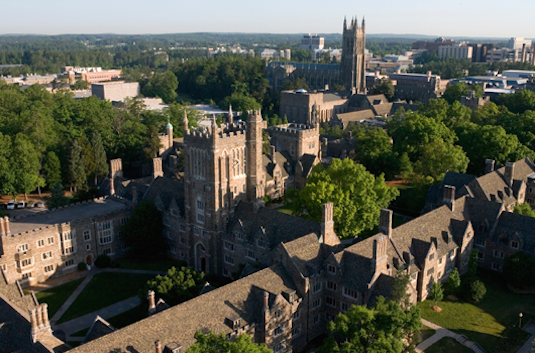Condensed Matter Seminar "Twistronics in solid-state devices and beyond"

Controlling correlations in quantum matter is one of the central questions in condensed matter. While pressure, chemical doping, or magnetic field have served as conventional tuning knobs, the ability to twist van der Waals materials has emerged as a novel scheme to engineer strong correlations and tune electronic properties. In the case of twisting two sheets of graphene, at a "magic-angle", the kinetic energy of electronic degrees of freedom is expected to vanish, and interaction effects should dominate. This has now been demonstrated experimentally following the recent discovery of superconductivity in close proximity to correlated insulating phases in magic-angle graphene. In this talk, I will discuss our theory to describe strong correlations in twisted bilayer graphene and related systems. We will generalize this phenomenon to a wide class of simpler models and distinct physical settings, such as ultra-cold atomic gases, trapped-ions, and metamaterial experiments. We will show that the "magic-angle" in twisted bilayer graphene is, in fact, a single particle quantum phase transition that can be described by a delocalization transition in momentum space: the incommensurate potential, that is generated by the twist, eventually destabilizes the ballistic plane-wave eigenstates. Lastly, we will demonstrate the effects of correlations by constructing effective Hubbard models with dramatically enhanced interactions due to this novel quantum phase transition.






